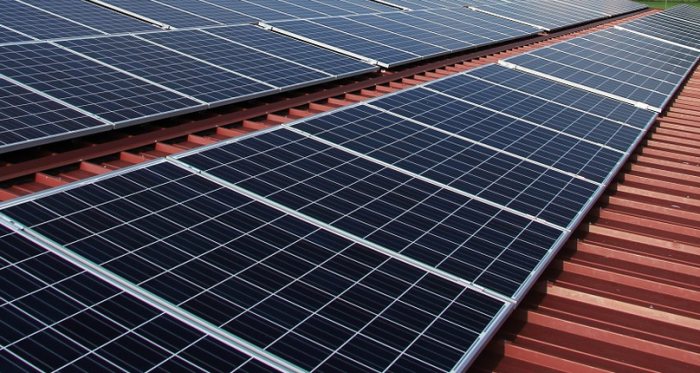
Image: schropferoval
Mornington Peninsula salad growers Hussey and Co. are set to have a 505kW solar power system installed at their Somerville facility with the assistance of an Environmental Upgrade Agreement (EUA).
Through the agreement with Mornington Peninsula Shire and the Sustainable Melbourne Fund, Hussey and Co. are receiving environmental upgrade finance (EUF) with a favourable rate and a term of 10 years.
“Repayments terms can be as long as 15 years, allowing business to unlock capital while still maintaining a positive cash flow,” said Scott Bocskay, Sustainable Melbourne Fund CEO. “The SMF can provide capital to businesses to help them manage their operating costs through projects like this at Hussey or other projects reducing utility bills.”
Mornington Peninsula Shire partnered with SMF in late 2016 to offer finance to local businesses, and the Hussey & Co. project represents the ninth agreement. As well as solar installations, Environmental Upgrade Finance can be used to replace old and inefficient equipment with newer, more energy efficient technologies.
The arrangements through Sustainable Melbourne Fund are similar to “building upgrade finance” available for commercial solar installations in South Australia and New South Wales.
Hussey & Co, established in 1975, produces gourmet baby leaf salad mixes and is Australia’s largest exporter of these products.
Its triple wash system, air drying technology and other processes require a significant amount of energy. This won’t be the first time the company has utilised solar power to rein in electricity costs.
“Since the last 99kW solar system was installed through EUF last year, our business has realised a $14,000 reduction in our power bills,” said Lance Petersen, General Manager of Hussey and Co. “We expect this new solar installation of 505 kW to multiply these savings five-fold.”
The project is valued at $935,000 and will result in a total estimated annual savings of $86,000.
Mr. Petersen also cited energy security and climate change as compelling reasons for the new installation, which will avoid 754 tonnes of carbon dioxide equivalent annually.
Building upgrade finance and EUA’s are just a couple of ways businesses can overcome barriers to going solar, and the case for doing so continues to grow stronger.
Given high electricity prices, the plummeting cost of components and improvements in installation efficiency, commercial solar power for small businesses can pay back in under three years – and here’s a real-world case study to prove it.

 RSS - Posts
RSS - Posts



Speak Your Mind